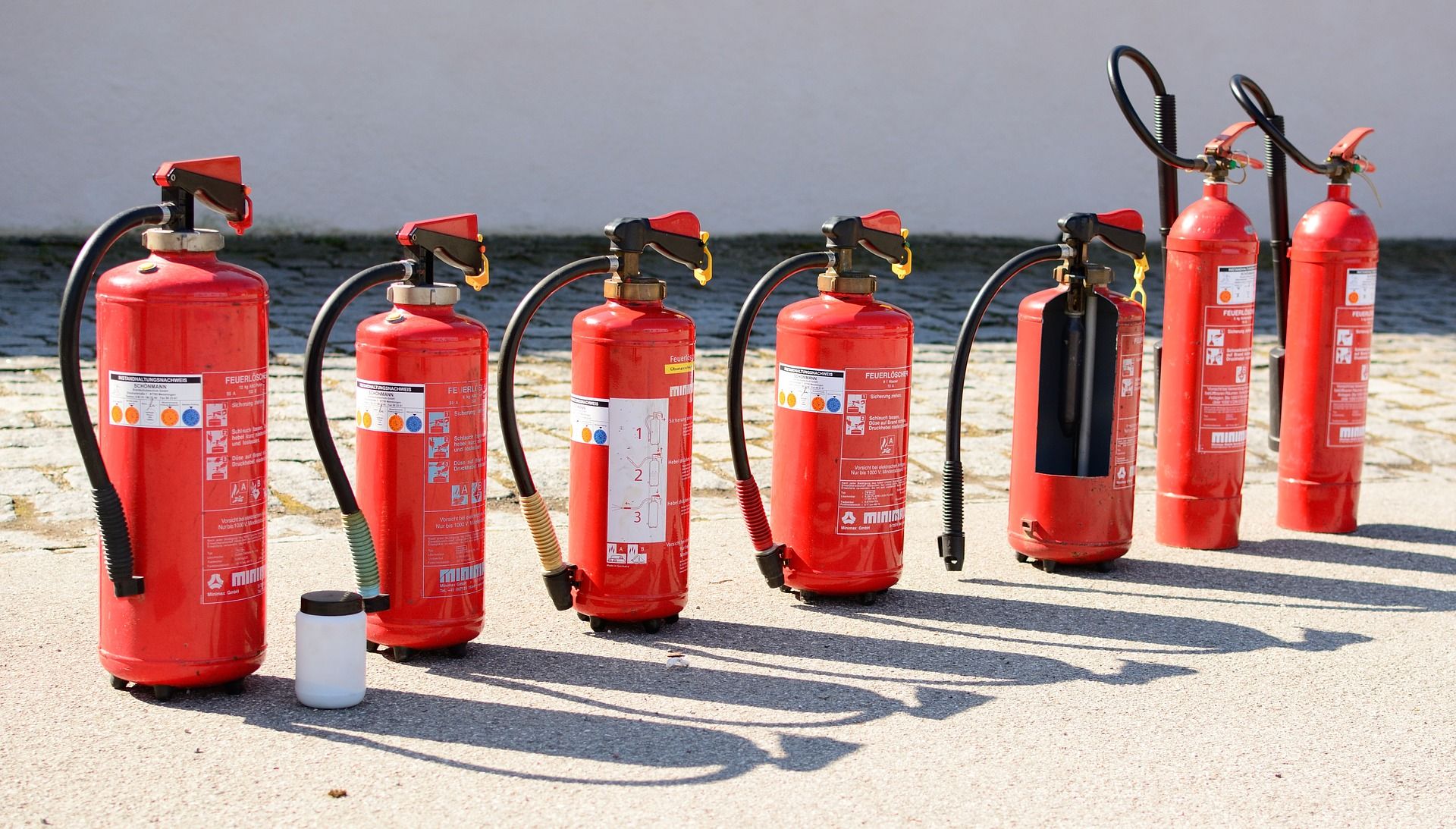International regulation of fire protection equipment

Technologies for saving lives are developing every day, but more significant attention is paid to technologies that are aimed at preventing possible risks threatening human health. Some of the most popular are fire protection technologies. Since this problem is global and no organization or human life is 100% insured against it, an increasing number of international standards that solve this problem are created every day. Today we will introduce you to the most requested documents in this industry.
Fixed firefighting systems - Gas extinguishing systems - Part 2: Physical properties and system design of gas extinguishing systems for FK-5-1-12 extinguishant (ISO 14520-5:2019, modified)
To protect both private houses and office buildings, a large number of regulations governing fire safety systems are being created. One such international standard is EN 15004-2: 2020.
This document specifies requirements for gaseous fire-extinguishing systems, with respect to FK-5-1-12 extinguishant. It includes details of physical properties, specification, usage and safety aspects. This document covers only systems operating at nominal pressures of 25 bar, 34,5 bar, 42 bar and 50 bar with nitrogen propellant. This does not preclude the use of other systems.
Since this document has a large number of highly specialized technical parameters as well as narrow-profile systems, we recommend that you familiarize yourself with them in more detail before purchasing this standard.
Fixed firefighting systems - Gas extinguishing systems - Part 4: Physical properties and system design of gas extinguishing systems for HFC 125 extinguishant (ISO 14520-8:2019, modified)
At first glance, it may seem that one standard includes uniform concepts and categories, but nevertheless it should be noted that each part of it can describe completely different technologies and systems. One of the most significant parts of the aforementioned standard is EN 15004-4: 2020.
This document specifies requirements for gaseous fire-extinguishing systems, with respect to the HFC 125 extinguishant. It includes details of physical properties, specification, usage and safety aspects. This document is applicable for systems operating at nominal pressures of 25 bar and 42 bar, superpressurized with nitrogen. This does not preclude the use of other systems.
Since this part of the standard has a certain number of clarifications and amendments, we recommend checking its recommendations with the technological base of your organization.
Fixed firefighting systems - Gas extinguishing systems - Part 5: Physical properties and system design of gas extinguishing systems for HFC 227ea extinguishant (ISO 14520-9:2019, modified)
A fire fighting system is a rather complex concept and when considering it in more detail, it is necessary to pay attention to the parameters and characteristics specified in international standards, such as EN 15004-5: 2020.
This document contains specific requirements for gaseous fire-extinguishing systems, with respect to the HFC 227ea extinguishant. It includes details of physical properties, specification, usage and safety aspects.
This document covers systems operating at nominal pressures of 25 bar, 42 bar and 50 bar with nitrogen propellant. This does not preclude the use of other systems.
If you are interested in protecting yourself or your organization from the occurrence of possible fires, we recommend that you have this standard available and adhere to its prescribed rules.

Fixed firefighting systems - Gas extinguishing systems - Part 6: Physical properties and system design of gas extinguishing systems for HFC 23 extinguishant (ISO 14520-10:2019, modified)
The process of suppressing the spread of gas is very difficult and dangerous. That is why the experience of many times has shown that it is necessary to adhere to certain rules in this process. One of these norms are the recommendations prescribed in the EN 15004-5: 2020 standard.
This document contains specific requirements for gaseous fire-extinguishing systems, with respect to the HFC 227ea extinguishant. It includes details of physical properties, specification, usage and safety aspects.
This document covers systems operating at nominal pressures of 25 bar, 42 bar and 50 bar with nitrogen propellant. This does not preclude the use of other systems.
If the technical characteristics of this standard coincide with the base of your organization, we recommend that you read this document in more detail and think about purchasing it.
Any protection technology is effective only if it is correctly implemented
The list of the above-mentioned standards is basic, however, for each industry and subcategory there is a large number of regulatory documents that will help not only implement existing protection technologies in the correct way, but also prevent possible fire risks. When it comes to the safety of people, you need to realize that creating the safest conditions is the key to the prosperity of your organization, as well as the complete zeroing of risks, both financial and physical. Stay with our team and be aware of the most necessary documents for the development of your business internationally.
References:
https://standards.iteh.ai/catalog/standards/cen/ee99b577-404b-45ea-99a8-e8dde71da3c1/en-15004-2-2020
https://standards.iteh.ai/catalog/standards/cen/798c38a7-a6d2-419a-8274-1b283a776cbd/en-15004-4-2020
https://standards.iteh.ai/catalog/standards/cen/94606ce5-9eb9-440c-864d-90d43d2a66bd/en-15004-5-2020
https://standards.iteh.ai/catalog/standards/cen/94606ce5-9eb9-440c-864d-90d43d2a66bd/en-15004-5-2020
Categories
- Latest News
- New Arrivals
- Generalities
- Services and Management
- Natural Sciences
- Health Care
- Environment
- Metrology and Measurement
- Testing
- Mechanical Systems
- Manufacturing
- Energy and Heat
- Electrical Engineering
- Electronics
- Telecommunications
- Information Technology
- Image Technology
- Road Vehicles
- Railway Engineering
- Shipbuilding
- Aircraft and Space
- Materials Handling
- Textile and Leather
- Clothing
- Agriculture
- Food technology
- Chemical Technology
- Petroleum
- Metallurgy
- Wood technology
- Rubber and Plastics
- Paint Industries
- Construction
- Civil Engineering
- Military Engineering
- Entertainment





